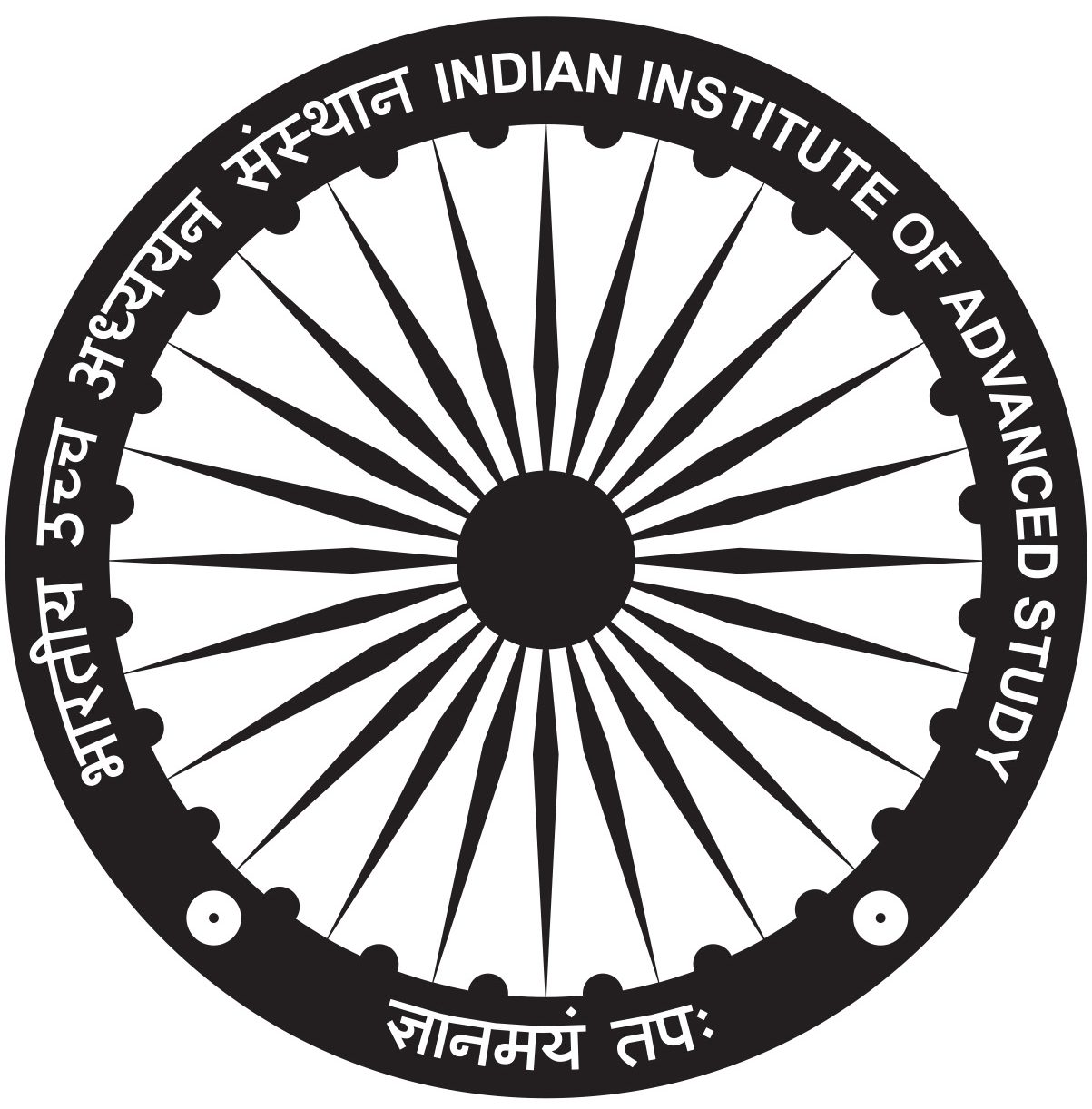Date/Time
Date(s) - 27/10/2022
3:00 pm - 5:00 pm
Location
Seminar Hall
Categories
Relocating Punjabi Literary Tradition in its Geo-Cultural and Civilizational Context
Abstract
The purpose of this study is to relocate Punjabi literary tradition in its proper geocultural and civilisational context. While speaking on the present state of affairs with
regard to Punjab, Punjabi and its literary traditions, it is more or less cut off from the rich heritage of its civilisational development that took place on this land, earlier known as
Sapt-Sindhu. I have tried to place the present day Punjab in its ancient geographical identity of Sapt-Sindhava through geo-cultural and civilisational studies. I have discussed
the ancient intellectual practices and the resultant knowledge tradition developed in SaptSindhava that have reached the present day through literary narratological expressions.
Even the language part is also important in this context, since Sapt-Sindhava was the place of Sanskrit speaking people, as it has also been mentioned by Pańini in his Ashtadhyayi. In
this context, literature, like Sahitya, belongs to the linguistic expression of Indian civilisation, composed of all socio-cultural aspects of human existence. We have literature
and history, closely embedded in each other as an Itihasa Chetna. We belong to a civilisation that has been continuous for thousands of years and the knowledge and information of the past is also continuing in our present as our Itihasa Chetna (living history).
In light of the above argument, I have tried to build a discourse from ancient times to the present.
1. The first chapter deals with the geographical context in which I am trying to locate Sapt-Sindhava through the Rig-Vedic references supported by some geological explanations. I will link it to Punjab and discuss it with reference to Punjab.
2. The second chapter deals with the cultural context of the Pre-Vedic cultural scenario, Indo-Iranian common roots and cultural-interactivity, Rigveda and Avesta (Cross-references of Pre-Vedic and Vedic Period) and locating roots of the Punjabi socio-cultural system. I have collected some references both from Rig-Veda and Avestaen to present the Indo-Iranian common roots from an ancient cultural context. And how the Indo-Iranian schism happened on the basis of knowledge of creation.
3. The third chapter relates to the civilisational context. In this chapter I have tried to establish the close linkages between the identity of civilisation with knowledge
tradition. In this regard I have pointed out the intellectual practices of India for understanding Indian Knowledge Traditions. Further in this reference, certain unique features of Indian civilisation have been foregrounded to identify the emergence of Indian civilisation. This uniqueness of Indian civilisation is responsible for the formation of Indian society and culture, which essentially are Dharma centric.
4. The fourth chapter is dedicated to Literary Traditions, Society and Literary Construction, Indian Literature-Dharma Centric Narrativity and Role of Literary Responses in Society.
5. The next chapter “Punjabi Literary Tradition” has sub-chapters of, Locating Punjabi Literary Tradition in Geo-Cultural Context, Locating Punjabi Literary Tradition in Indian Civilisational Context, Challenges of Dislocation of Punjabi Literary Traditions, Elements of Disintegration in Punjab, Punjabi Society and Culture and Impact of Disintegration on Modern Punjabi Literature
Prof. Ravinder Singh
Fellow, IIAS
